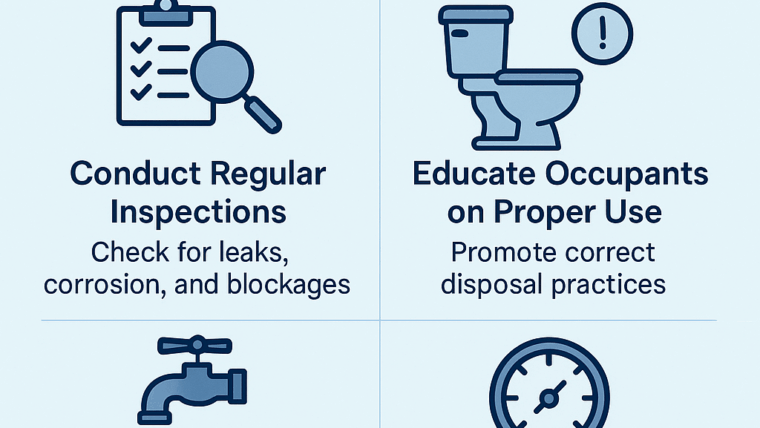
Creating and managing a budget is a crucial component of running a successful business, regardless of its size or stage of growth. However, the budgeting process can look quite different for a small startup versus an established enterprise. By understanding some key budgeting principles, tips, and strategies, companies, both large and small, can put together a financial plan that supports their business goals and sets them up for stability and success.
Table of Contents
- 1 Know Your Numbers
- 2 Involve Key Stakeholders
- 3 Budget in Phases
- 4 Take a Zero-Based Mindset
- 5 Build in a Cushion
- 6 Consider Payday Loans for Short-Term Needs
- 7 Look for Cost Savings
- 8 Take Advantage of Technology
- 9 Plan for Growth
- 10 Right-Size Capital Investments
- 11 Monitor and Revisit Regularly
- 12 Conclusion
Know Your Numbers
Before determining how to allocate funds, it’s important to start by gathering all the pertinent financial information. It includes understanding your revenue streams, operating expenses, payroll, taxes, and any outstanding liabilities or debts. Analyze your past financial statements and sales records to forecast future earnings and expenses as accurately as possible. It will allow you to develop a realistic budget that matches your actual financial situation.
Involve Key Stakeholders
While the core budgeting process may be managed by finance leaders, it’s important to get buy-in and input from departmental managers, especially for larger companies. Those responsible for company operations often have the closest pulse on everyday costs and revenue potential. Involving them early can help build an accurate budget that has wider organizational alignment.
Budget in Phases
Companies should take a phased approach to budgeting that aligns with their growth stage. Startup companies may want to budget in shorter monthly or quarterly phases to account for rapid changes. More mature companies can budget annually according to predictable cycles and goals. Building in regular budget reviews allows for adjustments to keep pace with new developments.
Take a Zero-Based Mindset
Rather than incrementally updating an existing budget, adopt a zero-based mindset where every revenue and expense item must be evaluated and justified as necessary. It prevents legacy items from being carried over year after year without proper scrutiny. Every budget item should tie back clearly to a business need and strategic goal.
Build in a Cushion
While budgets aim to be as accurate as possible, there will always be unanticipated expenses that come up. Building a 10-15% cushion into the budget for contingency purposes can prevent having to make drastic cuts if minor shortfalls occur. This cushion also provides some flexibility to take advantage of new opportunities that may arise.
Consider Payday Loans for Short-Term Needs
For companies that need a small infusion of capital for a short duration, a Dave payday loan can provide a fast and convenient solution. The fees and interest rates are higher than traditional financing but may be worthwhile for urgent or temporary cash flow needs. Companies should analyze if the cost is acceptable compared to potential lost opportunity or disruption if financing is not secured quickly.
Have a plan for timely repayment and use payday loans only as a bridge until more cost-effective, long-term capital can be established. Payday loans can be an expensive but viable stopgap source of financing in the appropriate circumstances. Assess the tradeoffs and use selectively when speed and ease of approval outweigh the higher costs.
Look for Cost Savings
Examine areas of the business where costs can potentially be reduced without negatively impacting operations. For example, look for opportunities to renegotiate vendor contracts, reduce energy consumption, or optimize supply chain processes. Small cost savings can add up over time and free up funds for other business needs.
Take Advantage of Technology
Cloud-based accounting, budgeting, and financial analytics tools can provide valuable insights and automate processes for stronger budget management. The right technology stack can enable faster reporting, scenario modeling, real-time variance analysis, and seamless data integration. Leveraging these tools appropriately can boost budget productivity.
Plan for Growth
If growth is a key objective, the budget must properly accommodate related investments and expenses. Growth goals impact budget areas like staffing, facilities, R&D, marketing, and inventory. Model out budget needs under different growth scenarios to find the right balance between fueling expansion plans and maintaining stability.
Right-Size Capital Investments
Major capital expenditures like new facilities, equipment, and IT infrastructure can carry large upfront costs. However, inadequate capital investments can also stunt a company’s growth potential down the line. Take a strategic approach to capital budgeting, ensuring large investments are economical and aligned with long-term business objectives.
Monitor and Revisit Regularly
Budgeting doesn’t end once the initial plan is put together. Continuous monitoring of variances, tracking of performance metrics, re-forecasting, and plan adjustments are critical for keeping the budget relevant. Building in regular check-ins ensures the budget evolves properly with changing business conditions.
Conclusion
Following these tips can help companies thoughtfully develop, manage, and iterate on budgets that give them the financial control and flexibility needed to operate smoothly across all phases of the business lifecycle. Taking the time to create a well-structured budget acts as an investment into the entire organization’s future success. Approaching budgeting as an ongoing process and not just an annual task is key to realizing the most value.


